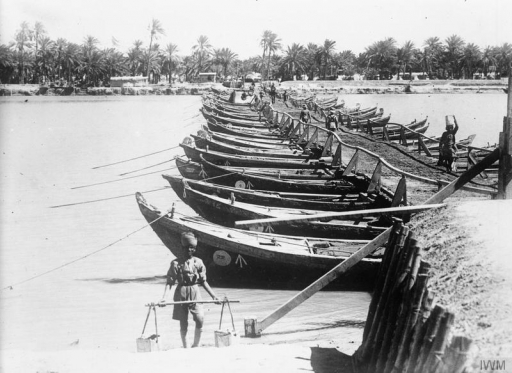British and Indian forces took the town of Nasiriyah on July 24th 1915 as part of an advance into Turkish-ruled Mesopotamia (present-day Iraq).
Britain launched its Middle East campaign in autumn 1914, after the Ottoman Empire entered the First World War on the side of the Central Powers.
Troops of the Indian Expeditionary Force landed at the head of the Gulf to safeguard oil supplies on November 6th, occupying the port of Faw after two days of fighting. The capture of the southern Iraqi city of Basra followed soon afterwards.
Responsibility for the operation was divided between ministers in London and the government of British-ruled India, headed by the Viceroy, Lord Hardinge.
Early successes spurred more pushes deeper into Mesopotamia, despite the challenges of moving troops by boat through the marshlands of the Tigris and Euphrates rivers.
The fall of Nasiriyah completed the occupation of Basra province. Further advances were ordered towards the strategic town of Kut al-Amara on the Tigris, and ultimately Baghdad.
Kut fell in September 1915, becoming the centre of a prolonged siege at the turn of the year after the over-extended British/Indian force had been forced to pull back just south of Baghdad.
The Ottomans recaptured Kut on April 29th 1916 when the British commander, Major General Charles Townshend, surrendered. Thousands of troops were taken prisoner.
Sources: Wikipedia/various
Images courtesy of the Imperial War Museum © IWM (Q 34379)
Posted by: Peter Alhadeff, Centenary News
